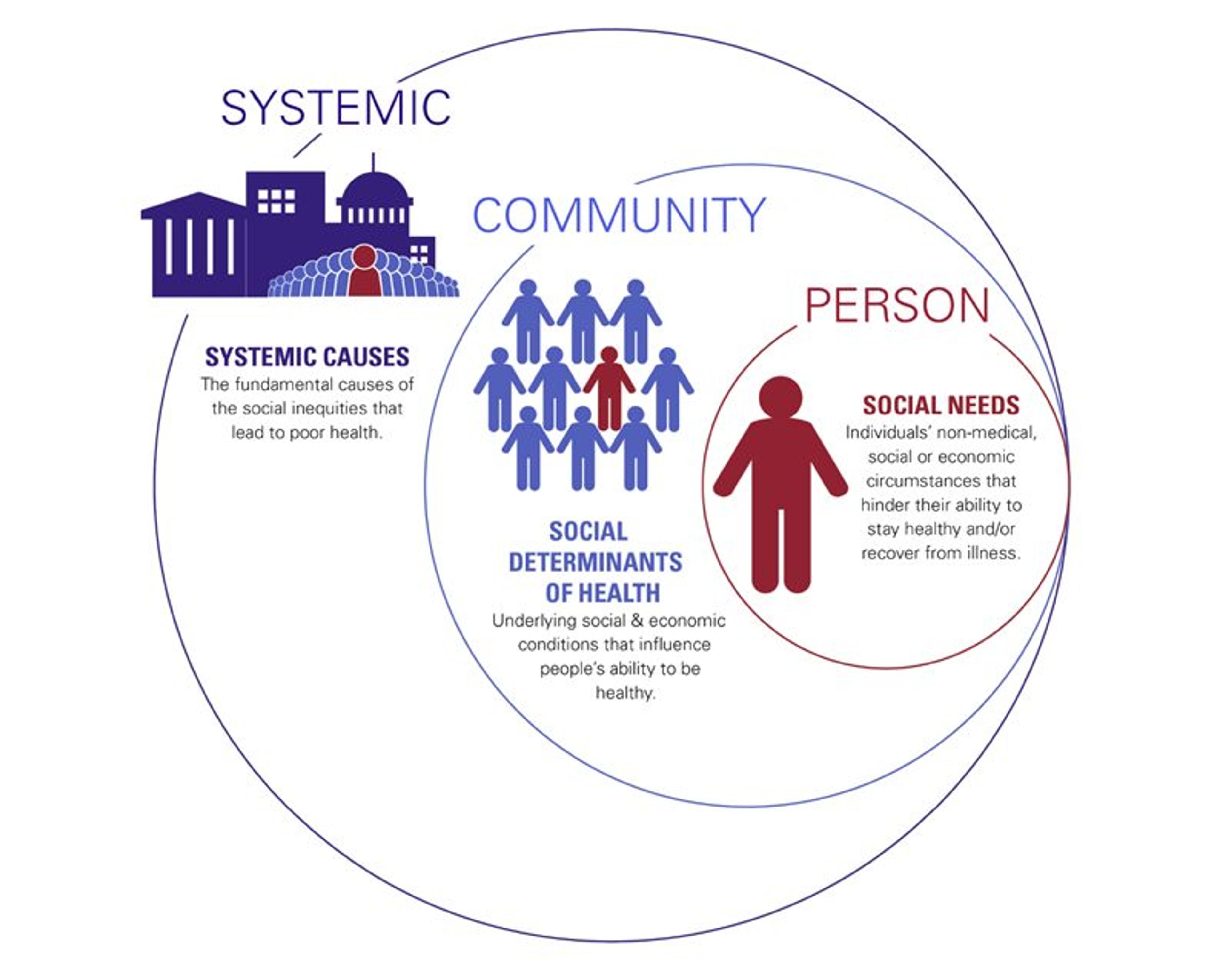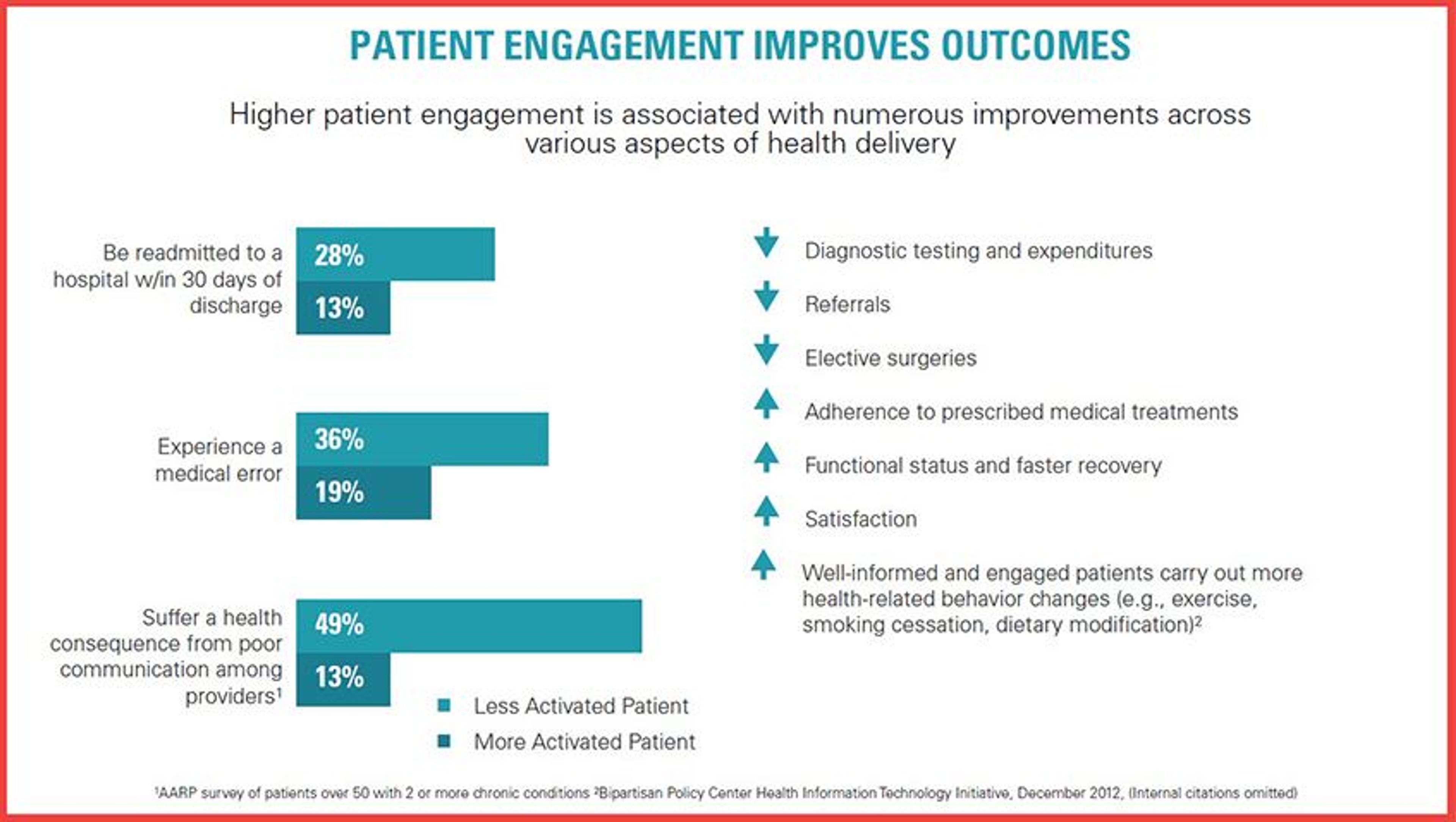blog
Payer-Provider Collaboration: Everything You Need to Know

SECTIONS
Payer-provider collaboration represents a transformative approach in healthcare, aiming to bridge the gap between those who provide care and those who finance it. This synergy is crucial for navigating the complexities of modern healthcare systems, ensuring patient care is high-quality and cost-effective.
As the industry shifts towards value-based care models, the importance of such collaboration has never been more clear. Payer-provider collaboration offers a pathway to improved patient outcomes by fostering open communication, data sharing, and joint strategies between all entities that play a role in the delivery of care.
In this article, we’ll cover the essentials of the payer-provider collaboration process, exploring its benefits, challenges, and strategies for success.
Quick Takeaways:
- Payer-provider collaboration is key to delivering high-quality, cost-effective care, especially as the industry moves towards value-based care models.
- Interoperability and the seamless exchange of data between payers and providers are crucial for enhancing healthcare quality and efficiency.
- Strategies for successful collaboration include establishing clear communication channels, adopting interoperable technology systems, and implementing shared risk models.
- Patient engagement and the use of data analytics for population health management are essential tactics for improving outcomes and reducing costs.
- Gaine’s Coperor platform facilitates interoperability and data integration, supporting the goals of payer-provider collaboration.
The Current Landscape of Payer-Provider Collaboration
The healthcare industry is undergoing a significant transition toward value-based care, bringing on new opportunities and challenges. This shift aims to prioritize better patient outcomes and cost efficiency, but is often hindered by a fragmented reimbursement system.
The dichotomy between payers embracing risk-based contracts and those still attached to fee-for-service models is creating complexity in achieving cohesive healthcare delivery.
Central to navigating this complexity is interoperability—the seamless exchange of data between payers and providers. It’s not just about sharing information; it’s about making that information actionable and timely, enabling healthcare organizations to enhance quality and demonstrate their value to payers.
This requirement for interoperability directly ties into the challenge of the digital divide. Specifically, smaller and rural healthcare organizations find themselves at a disadvantage, as their limited resources impede their ability to engage effectively with the data-driven demands of value-based care.
Without the capacity to collect, analyze, and share health data efficiently, these organizations struggle to participate fully in the value-based ecosystem. This type of systemic disparity trickles down to the community level and eventually to individuals, hindering their ability to fulfill social needs and access the quality of care they need to stay healthy.

Image Source
The push for more streamlined processes and improved interoperability is, therefore, not just a technical necessity—it’s a foundational element for equity in healthcare. By enhancing data exchange capabilities, the industry can reduce administrative burdens, improve care coordination, and ensure that high-quality, affordable care is accessible to all.
Payer-provider collaboration is a central tenet to overcoming the hurdles created by fragmented systems and the ongoing digital divide, fostering stronger and more transparent relationships between the entities that play a role in care delivery.
It’s essential for the healthcare industry to fully realize the benefits of value-based care, ensuring that all organizations, regardless of size or location, can contribute to and benefit from a more efficient, effective, and equitable healthcare system.
Strategies for Successful Collaboration
To implement and enhance payer-provider collaboration, it’s essential to adopt practical strategies that focus on improving communication, optimizing processes, and elevating patient care. These include:
1. Establish Clear Communication Channels
Effective collaboration begins with clear and open communication between payers and providers. Work with partners in your ecosystem to establish dedicated communication channels, such as joint committees or regular meetings, to ensure that both parties can discuss challenges, share insights, and develop joint strategies in real-time.
2. Adopt Interoperable Technology Systems
Leveraging interoperable technology systems is crucial for seamless data sharing. These systems must comply with health data standards and data privacy laws to facilitate the efficient and safe exchange of patient information, reducing administrative burdens and enhancing care coordination.
Given the diversity of organizations and technology tools used in modern healthcare, it’s important to adopt a platform that’s designed for high compatibility and interoperability with ecosystem-wide tools, partners, and purposes.
3. Implement Shared Risk Models
Shared risk models, including capitated payments or bundled payments, align the financial incentives of payers and providers. By sharing the financial risk, both parties are motivated to focus on preventive care and efficient resource use, leading to improved patient outcomes and reduced costs.
4. Standardize Performance Metrics
Developing a set of standardized performance metrics for quality, efficiency, and patient satisfaction helps both payers and providers to measure success uniformly. This alignment ensures that both parties are working towards the same goals and can accurately assess the impact of their collaboration.
5. Foster Collaborative Care Management
Collaborative care management programs that involve both payers and providers can address patient needs more holistically. By jointly developing care plans, especially for ongoing chronic conditions, payers and providers can ensure patients receive the coordinated, comprehensive care they need and ultimately improve their health outcomes.
6. Promote Patient Engagement
Encouraging patient engagement in their own care is a strategy that benefits all parties. Tools like patient portals, mobile health apps, wearables, and telehealth services empower patients to take an active role in their health, leading to better outcomes and higher satisfaction. Patient engagement has been proven to lower the risk of things like hospital readmittance, medical errors, and health consequences.

Image Source
7. Utilize Data Analytics for Population Health Management
Applying data analytics to population health management allows payers and providers to identify at-risk populations, track health trends, and tailor interventions accordingly. This data-driven approach supports preventive care strategies and helps in allocating resources more effectively.
By implementing these strategies, payers and providers can build a foundation for a more collaborative, efficient, and patient-centered healthcare system. These efforts not only improve the quality of care but also contribute to the sustainability of the healthcare ecosystem.
Enhance Payer-Provider Collaboration with Gaine
Payer-provider collaboration is essential for navigating the complexities of modern healthcare, ensuring equitable, high-quality, and cost-effective care. As the industry evolves towards value-based models, the integration of strategic partnerships, clear communication, and interoperable technology has become increasingly vital.
For healthcare organizations seeking to enhance their collaborative efforts, Gaine’s Coperor platform offers a robust, ecosystem-wide solution. Coperor powers seamless data integration and interoperability, laying the groundwork for successful payer-provider collaboration.
Start your real-time demo today to learn how Gaine’s Coperor platform can help you transform.
